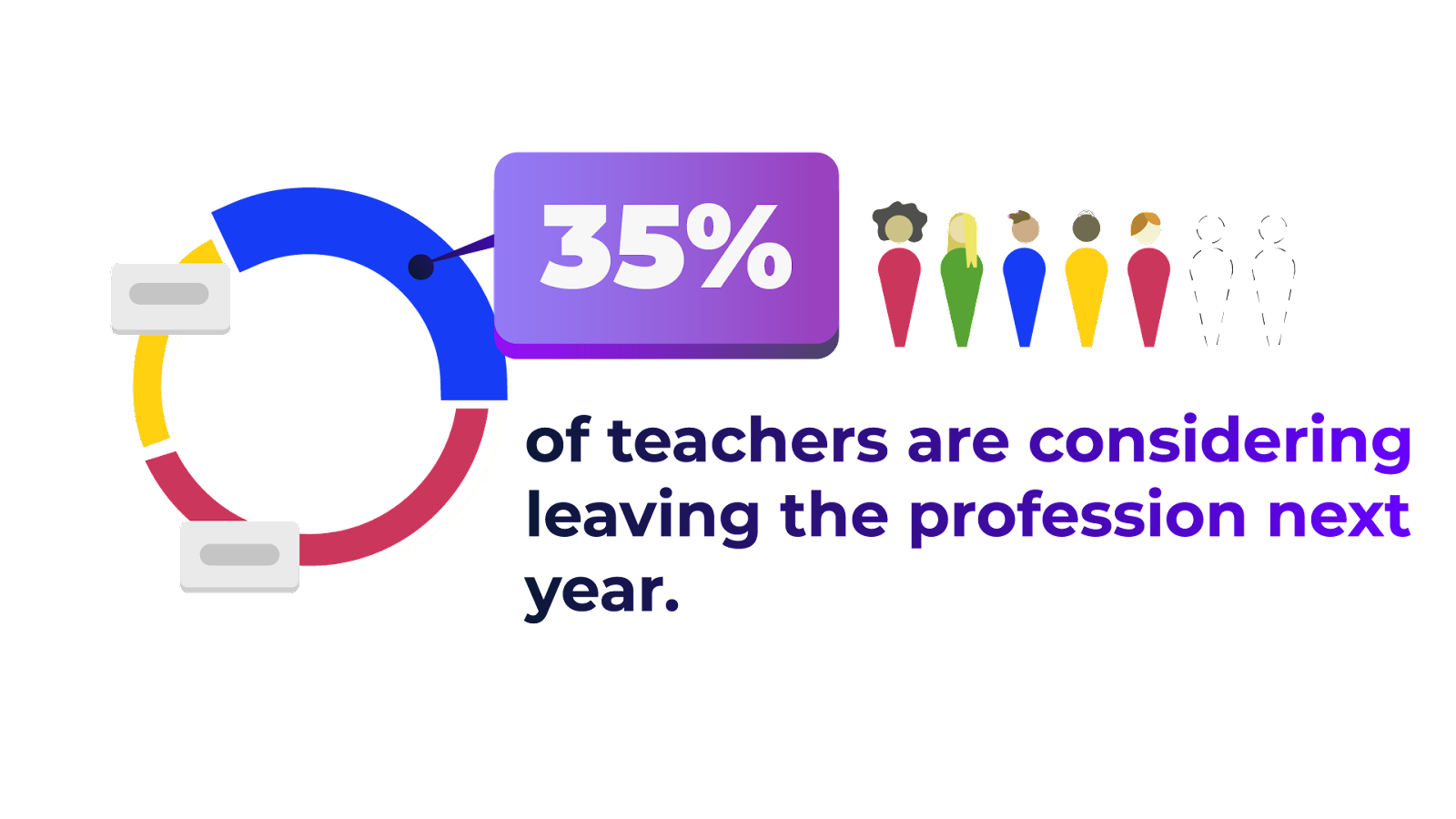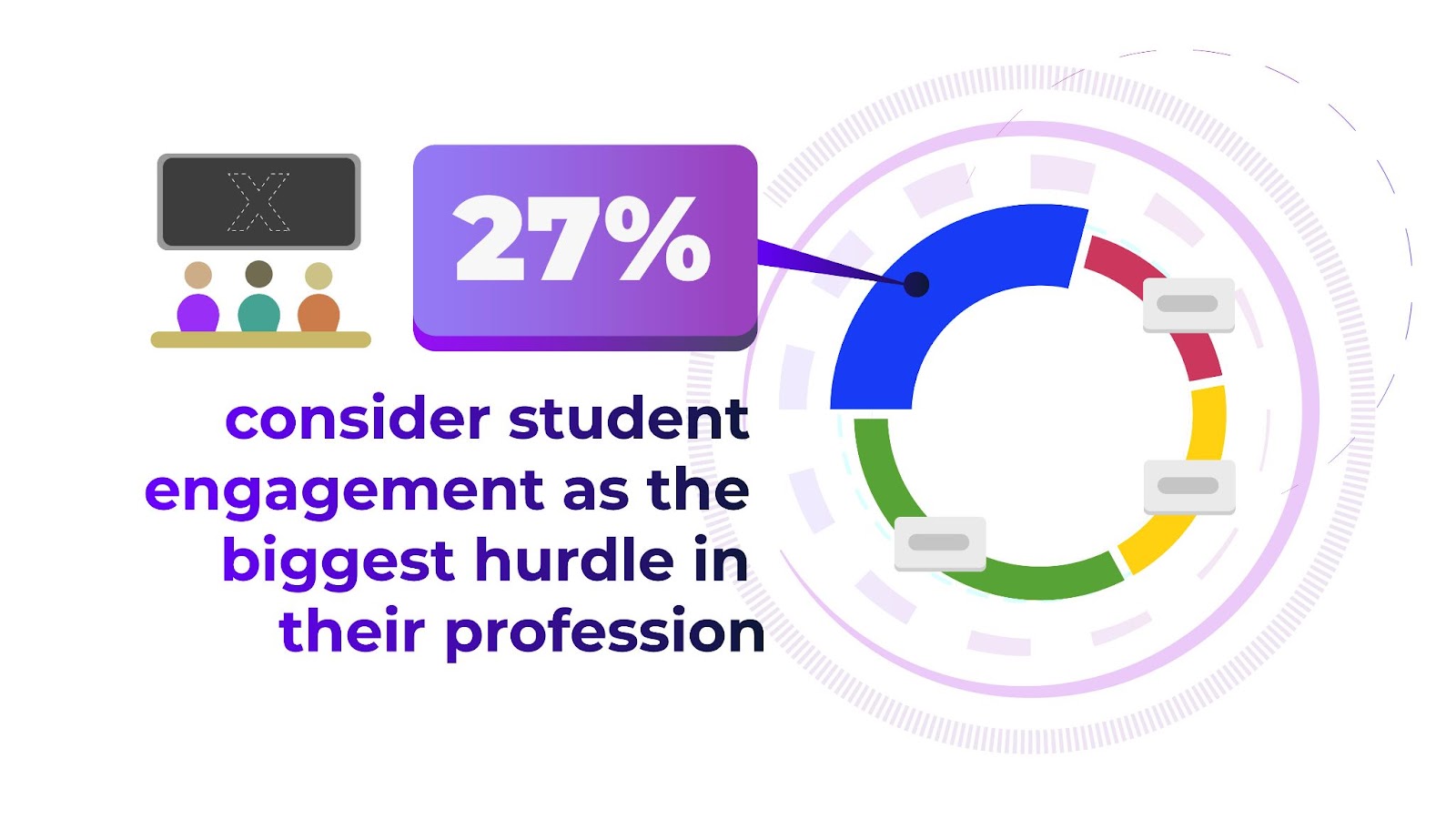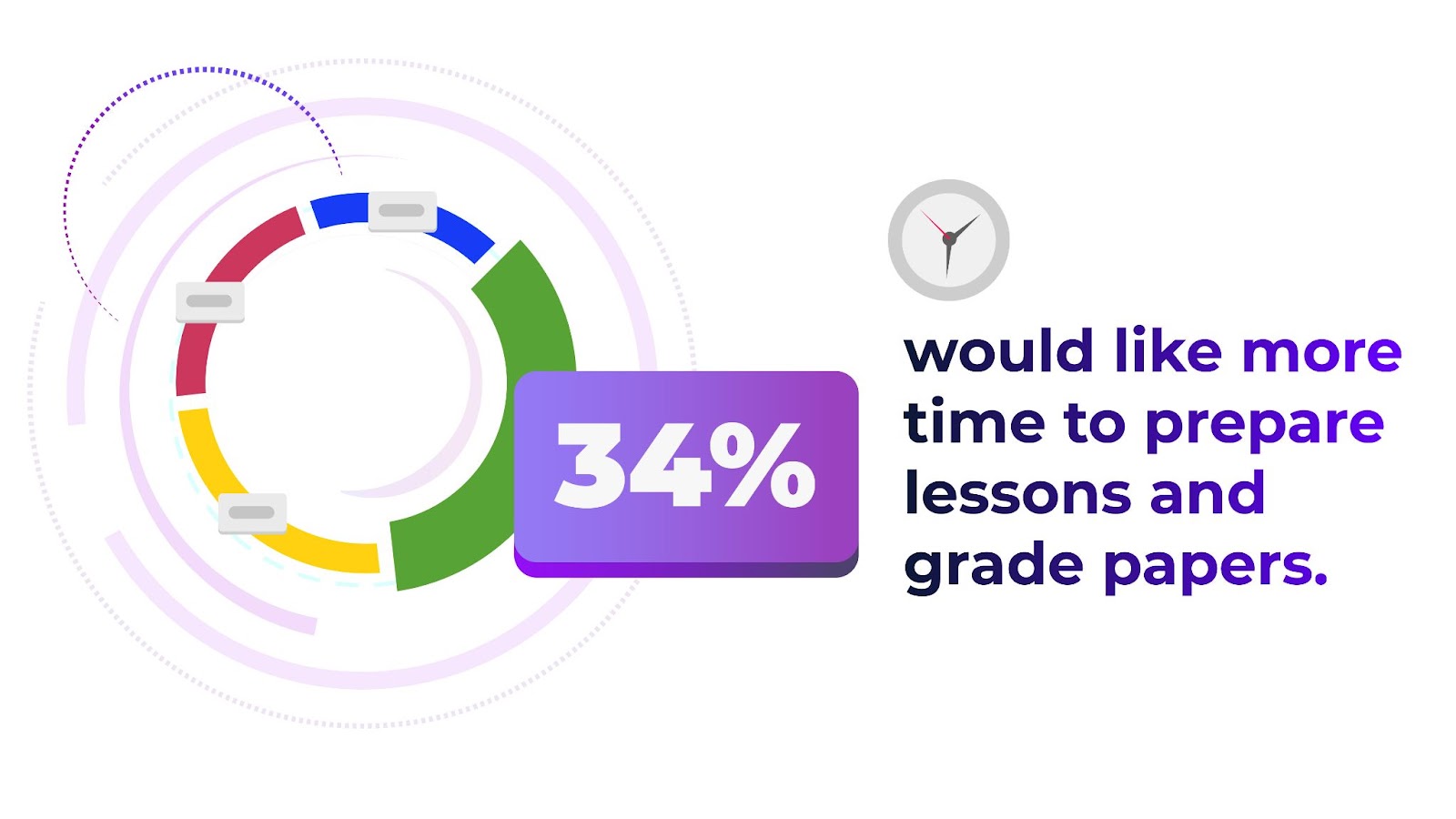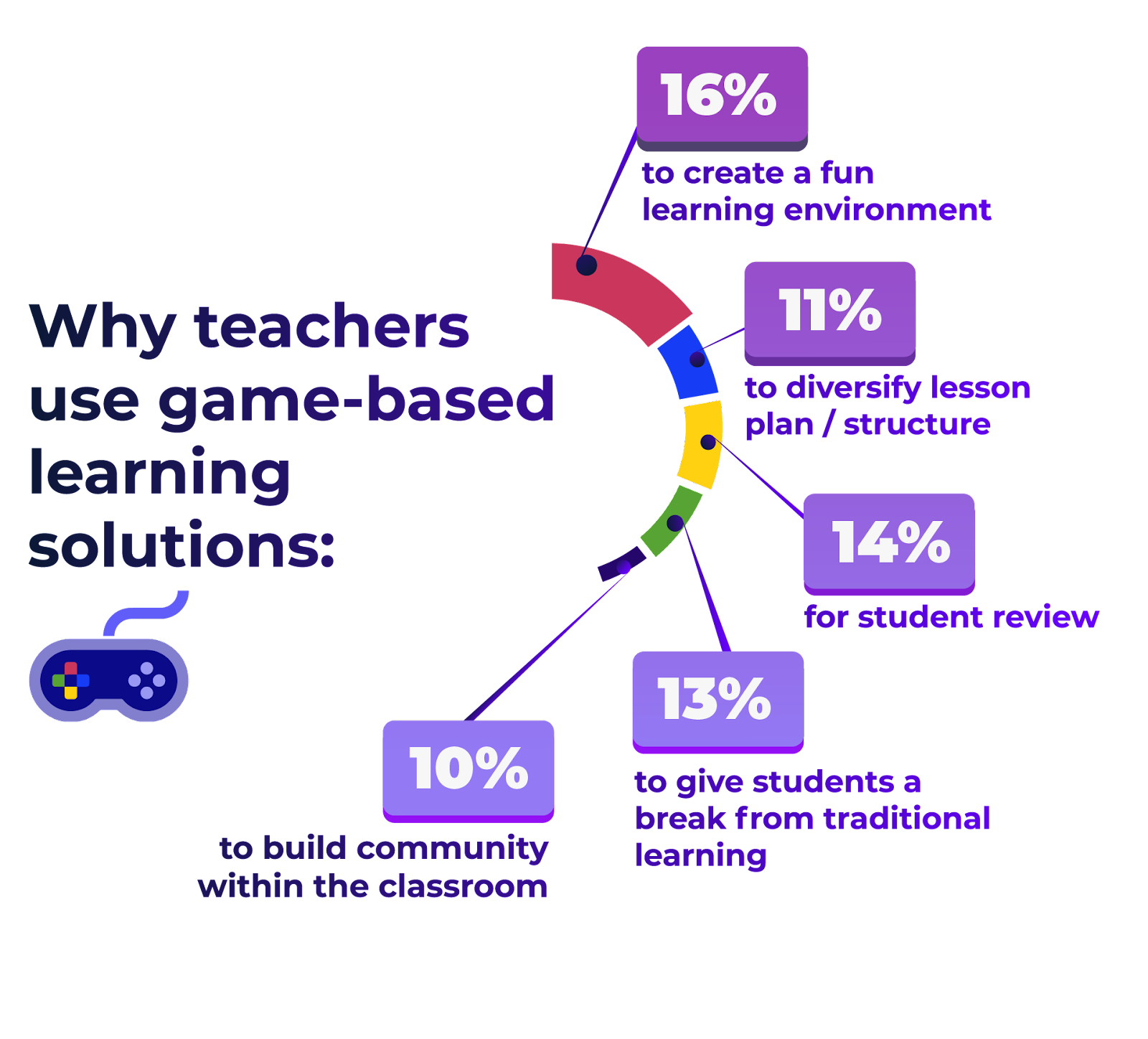As the 2022-23 academic calendar winds down, educators across the United States are reflecting on the past nine months, which for some was their longest period of uninterrupted in-person instruction since 2020. Teachers historically use this time to make important decisions including whether to return to their classrooms next year. They’re also assessing which EdTech tools made their students excited about learning and how to best incorporate them into the curricula next year.
Kahoot! surveyed more than 2,000 U.S. K-12 teachers to learn more about what they’re facing in their classrooms each day — everything from their victories and challenges to how they’re creating student-focused learning experiences. Read on to explore the survey’s findings or see them in infographic format below.
Most teachers plan to return next year
The good news is that most teachers aren’t planning to leave the profession. In fact, survey results show that 48% call such a move “very unlikely” or “somewhat unlikely,” with an additional 17% feeling uncertain about their plans and 35% contemplating a change.
Respondents ranged from teachers with 5 or fewer years of teaching experience to veteran educators with three decades or more in the profession.

*For this question, 1,243 responses were analyzed
Student engagement and time challenges persist
The survey revealed that engagement persists as one of the most common challenges teachers see in their classrooms, with 27% of respondents calling it their biggest student behavior hurdle. Another 19% noted their students’ lack of attention or focus during lessons, and 18% cited disruptive behavior or “acting out” as another major concern.

They also noted the time crunch that most teachers face: 34% said having more time to prepare lessons and grade papers would help them the most. Others asked for more classroom resources (20%) and more support from parents (18%).

Game-based learning increases engagement, teachers report
Previous studies have shown that teachers are always looking for ways to boost student engagement. That hasn’t changed.
The Kahoot! survey revealed that teachers view game-based learning as a creative way to connect students to the material while also building a sense of community. [With student engagement and attention as top challenges, it’s perhaps not surprising that] Among respondents, the top reason teachers turned to game-based learning was to create a fun learning environment (16%), followed by using it to help students review materials (14%).
Other teachers say they use such resources to give students a break from traditional learning (13%), to diversify their lesson plans (11%) and offer them new ways to engage with material (10%).

For teachers interested in innovative ways to deliver instruction, Kahoot! encourages students to share their knowledge with classmates while developing future-ready skills like critical thinking and communication.
“{Kahoot!} engages students. It keeps them on task. It’s a great way for them to study or even create their own kahoots. We have a lot of students who create their own kahoots as a review after a unit or even to study for an exam that’s coming up,” said Ines Manno, an English language learner teacher in East Meadow Union Free School District in Westbury, New York.
It also saves teachers the resource they value the most: time.
“I think Kahoot! is very intuitive. I think it’s easy to adapt into any lesson plan. It’s an engaging, easy-to-use tool so it makes my job easier because I’m pushing out a tool that I believe in. In my role, I try to figure it out first for [the teachers] and when there are tools that are seamless for them to use in their classroom and integrate, it’s a no brainer and the kids love it so it’s a win-win,” said Maria Bradley, a technology specialist and staff developer in the East Meadow district.
Kahoot! EDU empowers teachers and educators collaboration with a robust toolkit of premium features and question types. Moreover, with Kahoot! EDU Site Licenses District Leaders can strengthen their school culture and community by using their logos and branding on each kahoot they create. Learn more about how you can help teachers at your school or school district save time and supercharge student engagement with Kahoot! EDU.
This survey was conducted by Kahoot! from March to April 2023, with 2,000 U.S. K-12 teachers.




